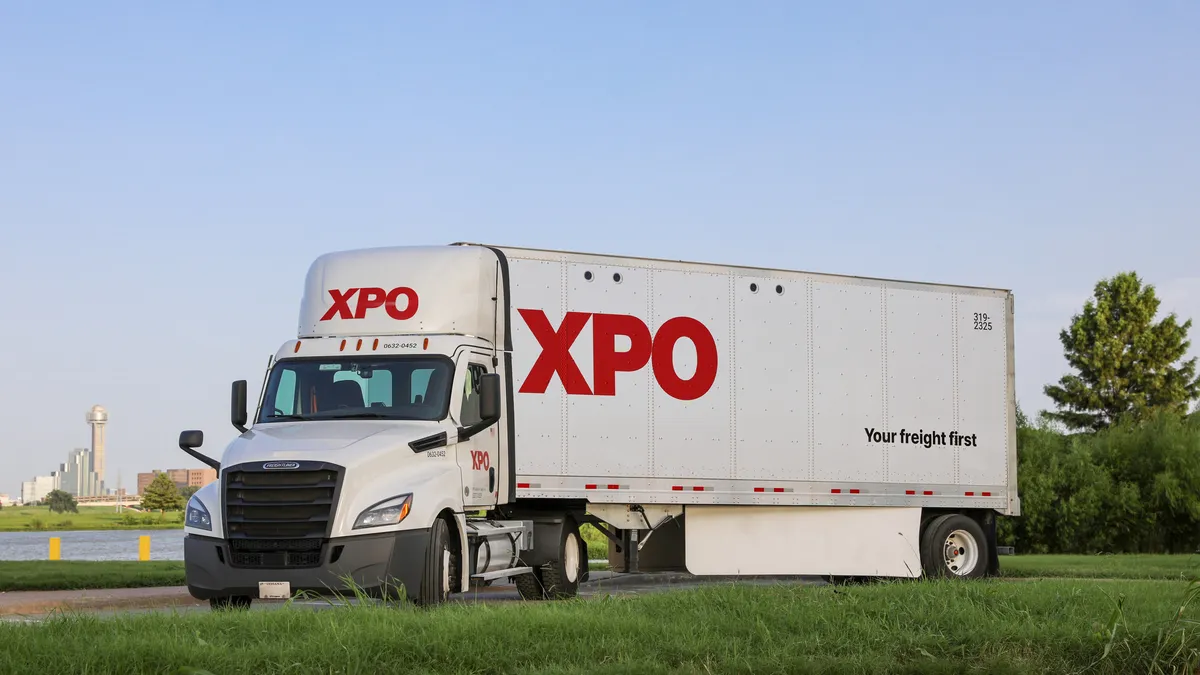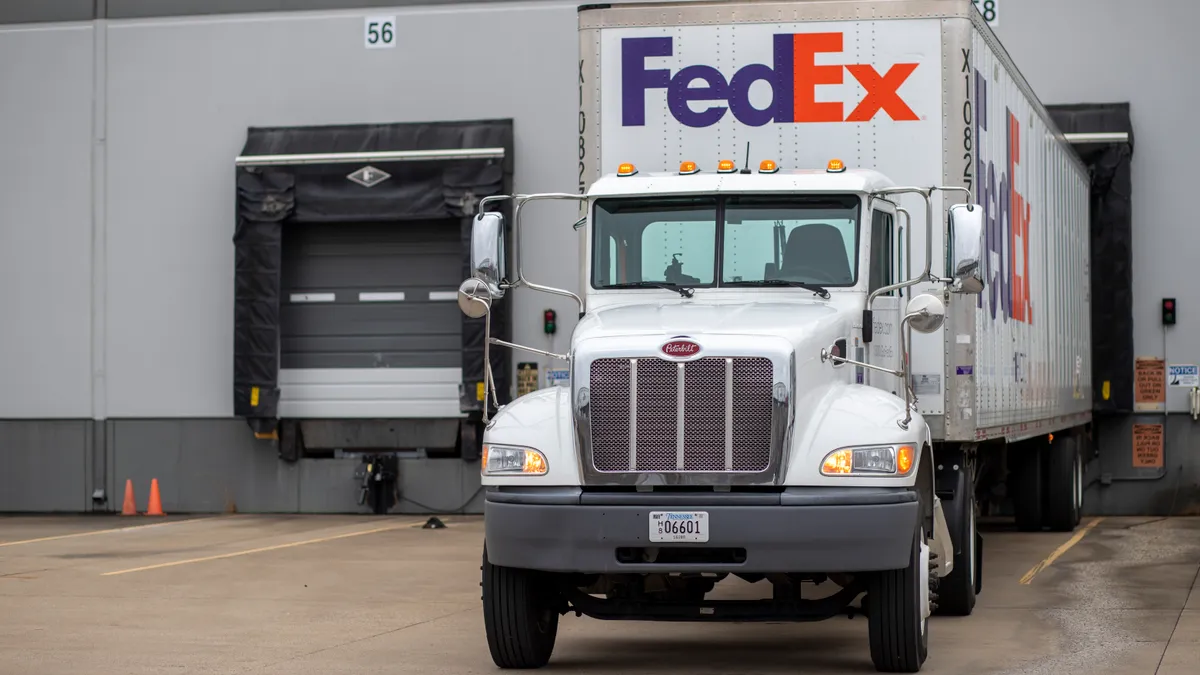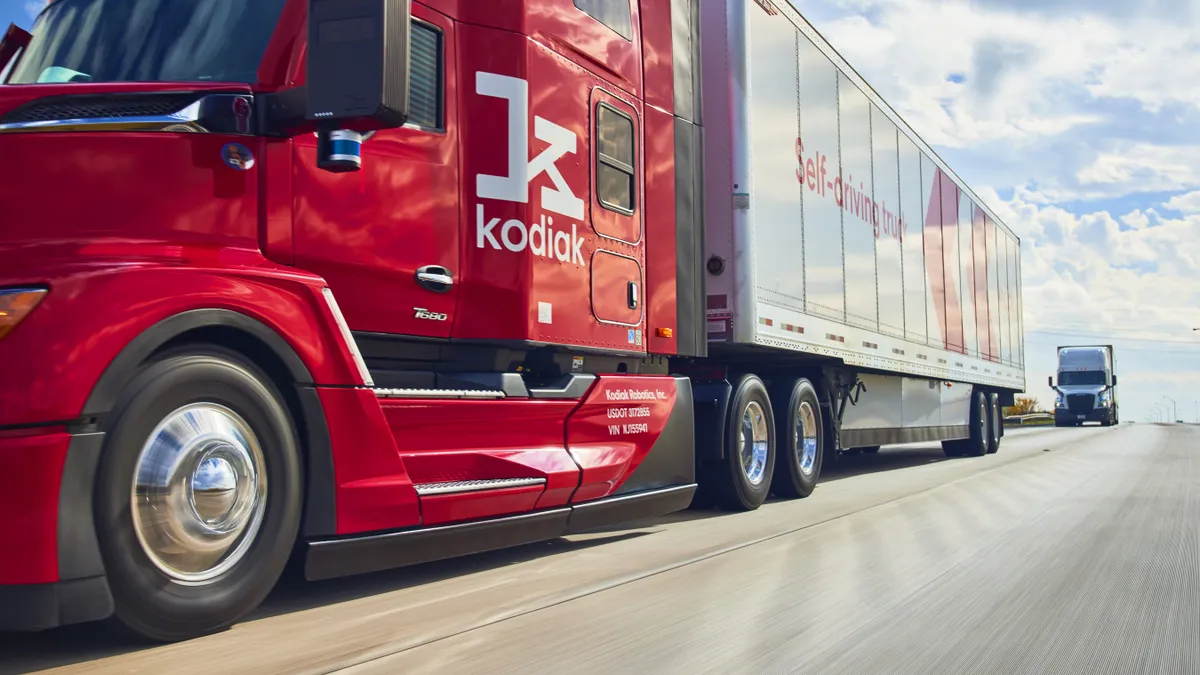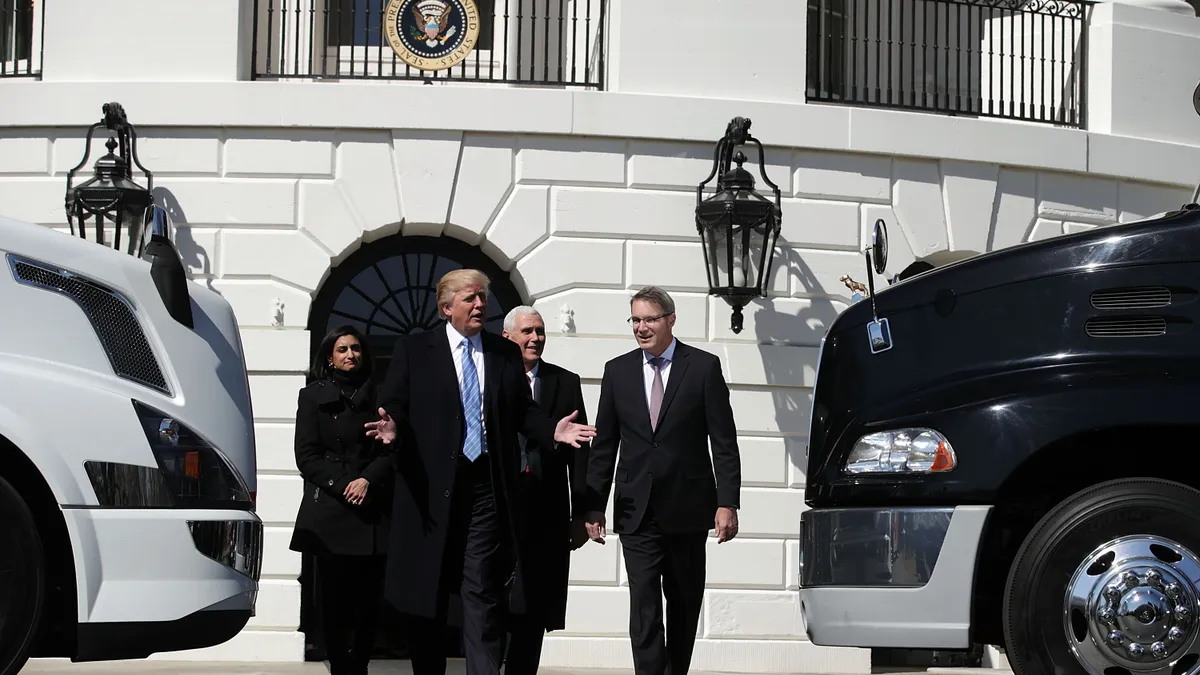The following is an opinion article written by Tanmay Mathur, senior vice president of linehaul at XPO. Opinions are the author’s own.
The U.S. trucking industry can expect to see earnings pressured by higher costs in 2023, a recent Bloomberg Intelligence report found. Rising labor, insurance, and equipment prices, along with higher maintenance costs, are expected to contribute to lower margins in the industry, while moderating economic activity will weigh on topline growth.
To help safeguard profits and win in this environment, trucking companies must adopt an effective cost-leadership strategy. However, cutting costs without investing in a forward-looking plan can be a recipe for disaster.
True cost leadership demands a focused, long-term vision that embraces smart investments and avoids sorts of rash, short-term measures taken at the expense of losing customers and jeopardizing company’s long-term viability. Decisive leadership is critical to effectively manage conflicting priorities within the organization.
Here are five key strategies to keep in mind while navigating today’s macro-economic environment:
1. Act early: A strategic cost-leadership plan begins with a readiness to bite the bullet. Too often, a lack of will means companies wait too long to take cost-cutting measures.
Whether it’s employee staffing and benefits, capital investment, equipment purchases, or any other line-item cost, the reality is that the longer you wait to make the cut, the deeper you’ll have to make it.
2. Expand the supplier base: Diversifying competition among suppliers who vie for your business is a way to proactively control prices. Companies should diversify their supplier base for equipment and services alike. If you only have one 3PL provider in Alaska, for example, you’re at its mercy until you’re able to identify another provider and lock in a contract – a process that can take months.
This effort requires investment in an aggressive, resourceful procurement function that is sufficiently staffed and supported to provide best-cost options in all supplier categories.
3. Gather information: Access to expert analysis and employee insight is critical to guide the decision-making process. It can be hugely cost-effective to invest in building a team of market analysts who can, for example, rate and compare providers and identify attractive under-the-radar suppliers that might otherwise go unnoticed.
Additionally, third-party market research firms can provide valuable insights and intelligence that better prepare the company for what lies ahead, such as macro-economic factors that directly impact the company’s costs. Even crowd-sourcing information from employees can have a substantive impact. Surveying employees is a near-zero-cost means of valuable information-gathering. After all, front-line employees are often best positioned to suggest creative ways to reduce costs.
4. Invest in technology: Perhaps the most critical component of an effective cost-leadership strategy is investing in technology that optimizes cost for the long term. Artificial intelligence and machine learning capabilities deliver far more advanced results than humans can provide.
Given the high cost of fuel and labor, having powerful route-optimization technology is imperative. XPO’s models run weekly, daily, and hourly to provide guidance with a high degree of precision. These models can proactively tell us, for example, that on a lower volume day, we need to run only two drivers even though we needed four drivers every day the previous week.
A real-time labor management tool is equally critical to optimize daily labor costs – which should start at the beginning of each day. XPO’s propriety Smart technology, for example, tells us at the beginning of the shift whether we have too many or too few workers on the dock.
The integration of AI and machine learning across operations can result in reduced miles and cost per stop. For example, AI-driven load-building reduces linehaul miles, dock costs, and rehandling and proprietary pickup. And delivery optimization technology powered by machine learning anticipates pick-up densities and locations.
5. Keep your (finance) friends close: Despite the reputation of being the grim reaper, finance is your best friend. Cost problems should never be a surprise and a good finance partner will not only keep you in check but also warn you of headwinds before they turn into a storm.
Ensuring cost-cutting decisions are well-informed requires an ongoing partnership with the finance function to ensure you have the correct current and projected numbers to confidently weigh the priorities and assess where and how much to cut.
While investing in a cost-leadership strategy can be a heavy lift in the short term, it is one of the best ways to set up your business to navigate any type of economic environment successfully. The benefits of putting a strategy in place go beyond protecting businesses facing economic headwinds, it also gives companies a competitive edge in attracting future talent, investors and customers.




















